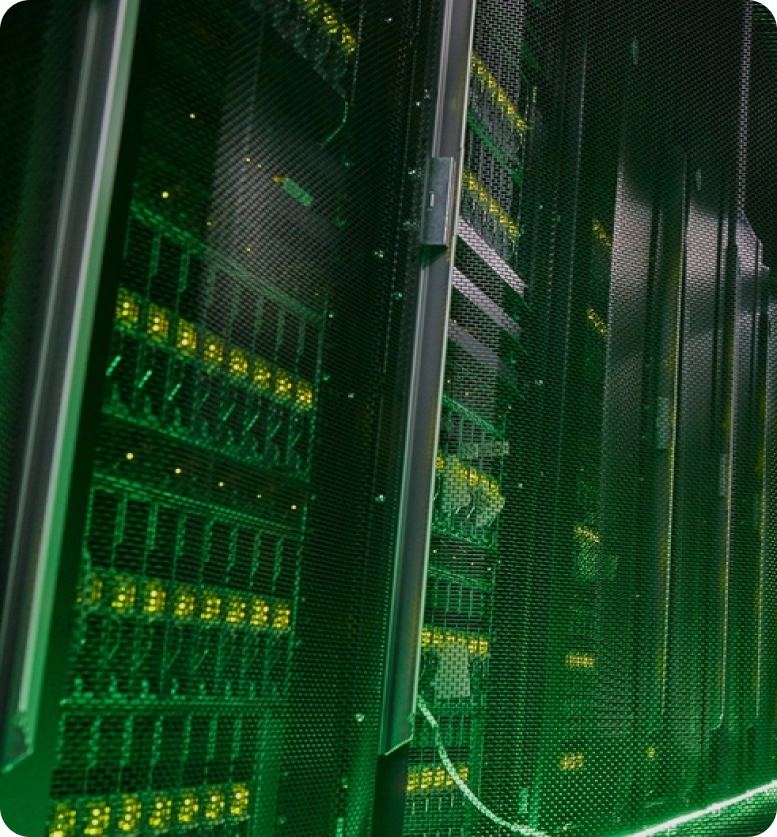The off-takers, or customers, typically receive bills based on the services and resources they consume within the data center facility. The billing structure can vary depending on the specific agreements.
Space and Power Allocation: The data center provide off-takers physical space within the facility to house their IT infrastructure, such as servers, networking equipment, and storage devices. The price of services could be measured in terms of rack units, square footage, or power capacity.
Power Usage Effectiveness (PUE) Billing: PUE is a metric that measures the energy efficiency of a data center. In this business model, the data center provider may use PUE as a basis for billing. This incentivizes off-takers to optimize their energy usage and promotes sustainability.
Network Connectivity: Data centers typically offer high-speed network connectivity options to their off-takers. The type of network services off-takers would typically require, are dedicated internet access, virtual private networks, or direct cloud connectivity.
Additional Services: These services may include managed services, security solutions, backup and disaster recovery, compliance support, and professional services.
Service Level Agreements (SLAs): SLAs define the quality of service and uptime guarantees provided by the data center. Off-takers who require higher availability and performance may opt for premium SLAs.







